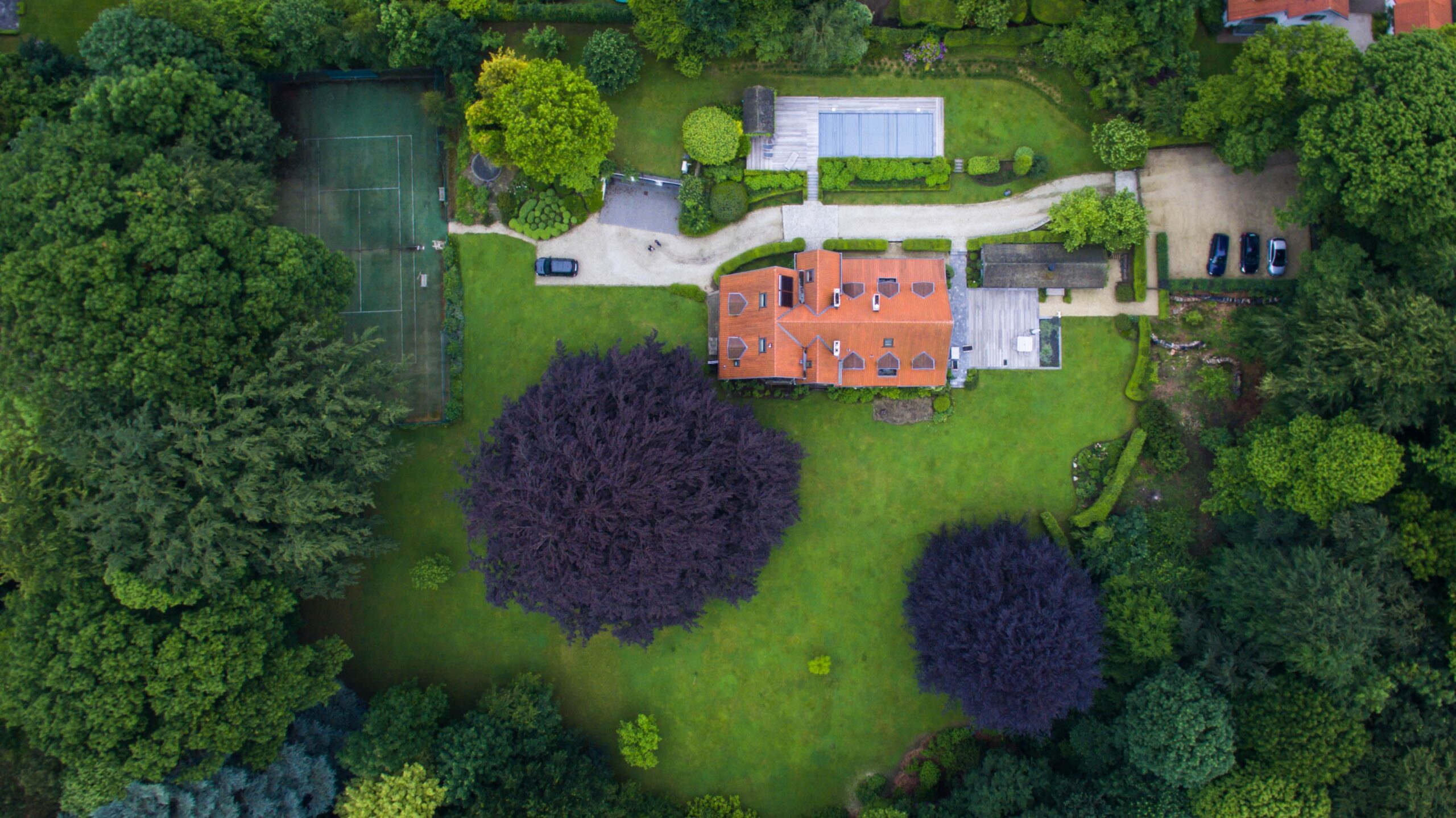Have you ever dreamed of having your own oasis in your backyard? Well, look no further! In this article, we will guide you through an easy DIY above ground pool setup. From choosing the perfect location to filling and testing the pool, we’ve got you covered. Get ready to dive into a summer full of fun and relaxation. So grab your tools and let’s get started on creating your very own paradise right at home.
Key Takeaways
- Choosing the right location is crucial, considering factors such as sunlight, level ground, and accessibility.
- Properly preparing the ground by leveling the area, removing debris, and ensuring proper drainage is essential for a stable pool installation.
- Carefully assembling the pool frame, including bottom rails, vertical posts, and top rails, is necessary for stability and support.
- Installing the pool liner securely, regularly maintaining water treatment and safety precautions, and following proper assembly and installation steps are vital for a successful above ground pool setup.
Choosing the Right Location
When choosing the right location for your above ground pool, it’s important to consider factors such as sunlight, level ground, and accessibility. Landscaping considerations are crucial in ensuring that your pool area looks aesthetically pleasing and blends well with the rest of your outdoor space. Start by selecting an area that receives plenty of sunlight throughout the day. This will help keep the water warm and enjoyable for swimming. Additionally, make sure the chosen spot is on level ground to prevent any potential issues with stability or uneven water levels.
Safety precautions should also be taken into account when determining the best location for your above ground pool. Avoid placing it near trees or overhead power lines as falling branches or electrical hazards can pose a significant risk to swimmers. It is recommended to have a clear distance of at least 10 feet around all sides of the pool to ensure easy access for maintenance and emergency situations.
Consider how landscaping elements can enhance your pool area. Incorporate features like shrubs, flowers, or small trees around the perimeter of the pool to provide some privacy and create an inviting atmosphere. However, be mindful not to obstruct any pathways leading to and from the pool.
To further ensure safety, install a fence or barrier around your above ground pool if required by local regulations or if you have young children or pets at home. This will prevent unauthorized access and reduce accidents.
Preparing the Ground
Before you start, make sure to level the area where you’ll be installing the pool. Properly grading the ground and leveling the surface is crucial for a stable and secure above ground pool setup. Start by removing any rocks, roots, or debris from the area to ensure a smooth base. Use a shovel or rake to even out any uneven spots and create a flat surface.
Next, check for any low or high spots in the ground. Low spots can cause water accumulation around the pool while high spots can create an unstable foundation. To fix low spots, add soil or sand until it reaches the desired level. For high spots, remove excess soil or dig it down to match the surrounding area.
Once you have achieved a level surface, compact it using a tamper or plate compactor. This will help prevent future sinking of your pool and provide added stability.
It’s also important to consider drainage when preparing the ground for your above ground pool. Ensure that there is proper slope away from your pool site to prevent water from pooling around it after heavy rain.
With the ground properly graded and leveled, you are now ready to move on to setting up the pool frame.
Setting Up the Pool Frame
Once you’ve leveled the ground, it’s time to start setting up the pool frame. The pool frame is an integral part of your above ground pool and plays a crucial role in its stability and longevity. Proper maintenance of the pool frame is essential to ensure that your pool remains safe and secure for years to come.
To begin, carefully unpack all the components of the pool frame and organize them according to the manufacturer’s instructions. Each piece should fit together seamlessly, forming a sturdy structure that will support the weight of the water.
Start by assembling the bottom rails, which serve as the foundation for the entire frame. Connect each rail securely using bolts or clips provided with your kit. It’s important to check for any loose connections or signs of wear during this process. Tighten any loose bolts and replace any damaged parts immediately.
Next, attach the vertical posts to each bottom rail at regular intervals around the perimeter of your pool area. These posts provide additional support and stability to prevent sagging or shifting over time. Make sure they are straight and securely fastened before moving on.
Once all vertical posts are in place, it’s time to install the top rails, which will complete your pool frame assembly. Connect each top rail securely to its corresponding vertical post using screws or brackets provided by your manufacturer.
With your pool frame fully assembled, take a moment to inspect it for any signs of weakness or instability. Double-check all connections and tighten any loose bolts if necessary.
Now that you have successfully set up your pool frame, you’re ready for the next step: installing the pool liner.
Installing the Pool Liner
To install the pool liner, make sure you smooth out any wrinkles or creases before securing it to the pool frame. This step is crucial because any imperfections in the liner can lead to common problems down the line. Wrinkles and creases can create pockets of water that are difficult to clean and maintain. They can also cause strain on the liner, leading to tears and leaks.
Once you have smoothed out the liner, carefully secure it to the pool frame using clips or other fasteners provided with your kit. Make sure it fits snugly against the walls and floor of the pool. This will prevent any movement or shifting that could lead to further issues.
To keep your pool liner in good condition, regular maintenance is essential. Here are a few tips:
- Clean regularly: Remove debris from the surface of your pool using a skimmer net or vacuum cleaner designed for above-ground pools. This will prevent dirt and leaves from staining or damaging your liner.
- Check for leaks: Inspect your liner regularly for any signs of leaks or tears. If you notice any damage, repair it promptly using a patch kit specifically designed for vinyl liners.
- Avoid sharp objects: Be cautious when handling chemicals, toys, or cleaning tools around your pool to avoid accidentally puncturing or tearing the liner.
- Maintain proper chemical balance: Regularly test and adjust your water’s pH levels and sanitizer levels according to manufacturer guidelines. Imbalanced water chemistry can degrade your liner over time.
Filling and Testing the Pool
After smoothing out the pool liner and securing it to the frame, it’s time to fill the pool with water and test it for proper functionality. Filling your above ground pool may seem like a straightforward task, but there are a few key considerations to keep in mind. Firstly, ensure that you have enough water available to fill the entire pool. It is also important to use clean water from a reliable source. Before filling, take into account any water treatment and maintenance requirements specific to your pool type.
Once you have filled the pool with water, closely observe for any leaks or irregularities in the liner or plumbing connections. Check all valves and fittings for proper functioning as well. This initial testing phase is crucial to identify any potential issues before proceeding further.
Water treatment is an essential aspect of maintaining a safe and healthy swimming environment. Start by testing the pH levels of your pool using a testing kit readily available at most pool supply stores. Adjust the pH level accordingly using appropriate chemicals if necessary.
Safety precautions should always be followed when setting up an above ground pool. Ensure that you comply with all local regulations regarding fencing, safety covers, and signage requirements around your pool area.
Frequently Asked Questions
How Do I Maintain the Water Quality in My Above Ground Pool?
To maintain the water quality in your above ground pool, regular maintenance of the filtering system is crucial. Ensure that the filter cartridge is clean and free from debris by regularly backwashing or rinsing it. It’s also important to check and adjust the chemical levels in your pool regularly using a testing kit. This will help keep the water balanced and prevent bacteria growth. Remember to clean out any leaves or other debris from the pool as well to maintain optimal water quality.
Can I Use an Above Ground Pool in Colder Climates?
Yes, you can use an above ground pool in colder climates, but it requires proper winter maintenance. To keep the water from freezing, you should drain and winterize the pool before temperatures drop. Additionally, insulating above ground pools helps to retain heat and prevent freezing. This can be done by using a pool cover or adding insulation panels to the sides and bottom of the pool. Following these steps will ensure your above ground pool remains functional throughout the winter months.
Are There Any Safety Measures I Need to Take When Using an Above Ground Pool?
When it comes to using an above ground pool, safety should be your number one priority. Before you dive into the cool waters, make sure you’ve taken all the necessary precautions. Install a sturdy fence around the pool area to keep little ones from wandering in unsupervised. Don’t forget to regularly check and maintain the pool’s equipment, such as filters and pumps, to ensure everything is running smoothly. Remember, a fun-filled swim is even better when everyone stays safe!
Can I Install an Above Ground Pool on a Sloped or Uneven Surface?
Installing an above ground pool on a sloped or uneven surface can be challenging, but it is possible with proper preparation. Before beginning the installation process, you’ll need to level the ground to ensure stability and prevent any potential issues. This may involve digging and adding fill dirt to create a flat surface. It’s important to follow manufacturer instructions and consider hiring a professional if you’re unsure about tackling this task yourself. Safety should always be your top priority when setting up an above ground pool.
How Long Does It Typically Take to Set up an Above Ground Pool?
Factors affecting the setup time of an above ground pool include size, complexity, and your level of experience. To ensure a quick and efficient installation, there are a few tips to keep in mind. First, gather all necessary tools and materials beforehand. Second, have a clear plan and layout for the pool area. Third, enlist the help of friends or family members to speed up the process. Following these steps will help you set up your above ground pool in no time!
Conclusion
Congratulations! You have successfully completed the exciting journey of setting up your own above ground pool. Just like a master architect carefully selects the perfect location for their masterpiece, you too have chosen the ideal spot for your pool. With precision and attention to detail, you prepared the ground and built a sturdy frame that will withstand the test of time. As if painting a beautiful canvas, you delicately installed the pool liner, creating an oasis in your backyard. Finally, with water flowing and tests passed with flying colors, you are now ready to dive into endless hours of fun and relaxation. Enjoy every moment in your personal paradise!




